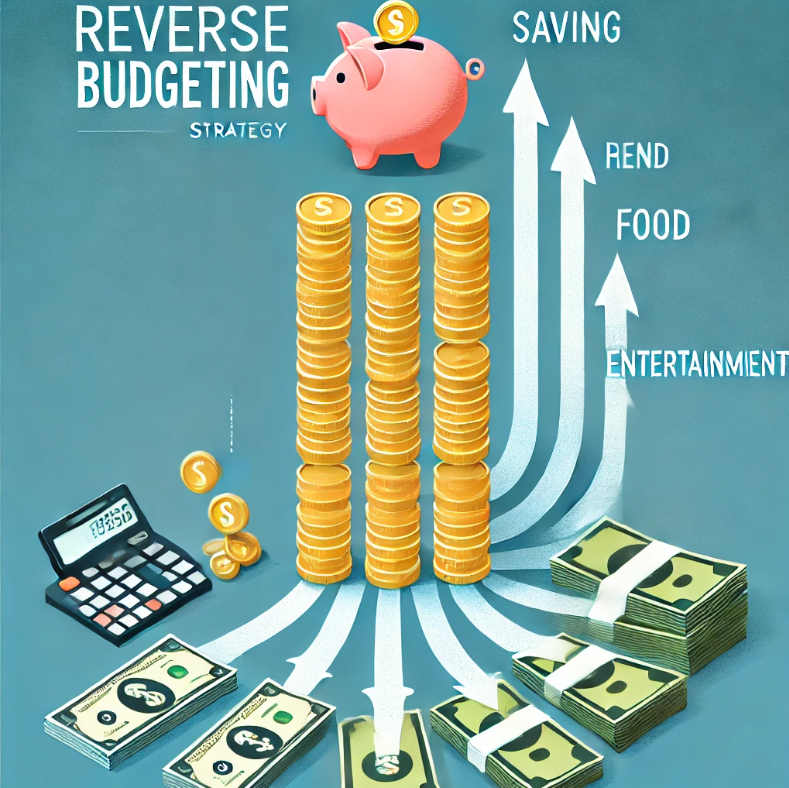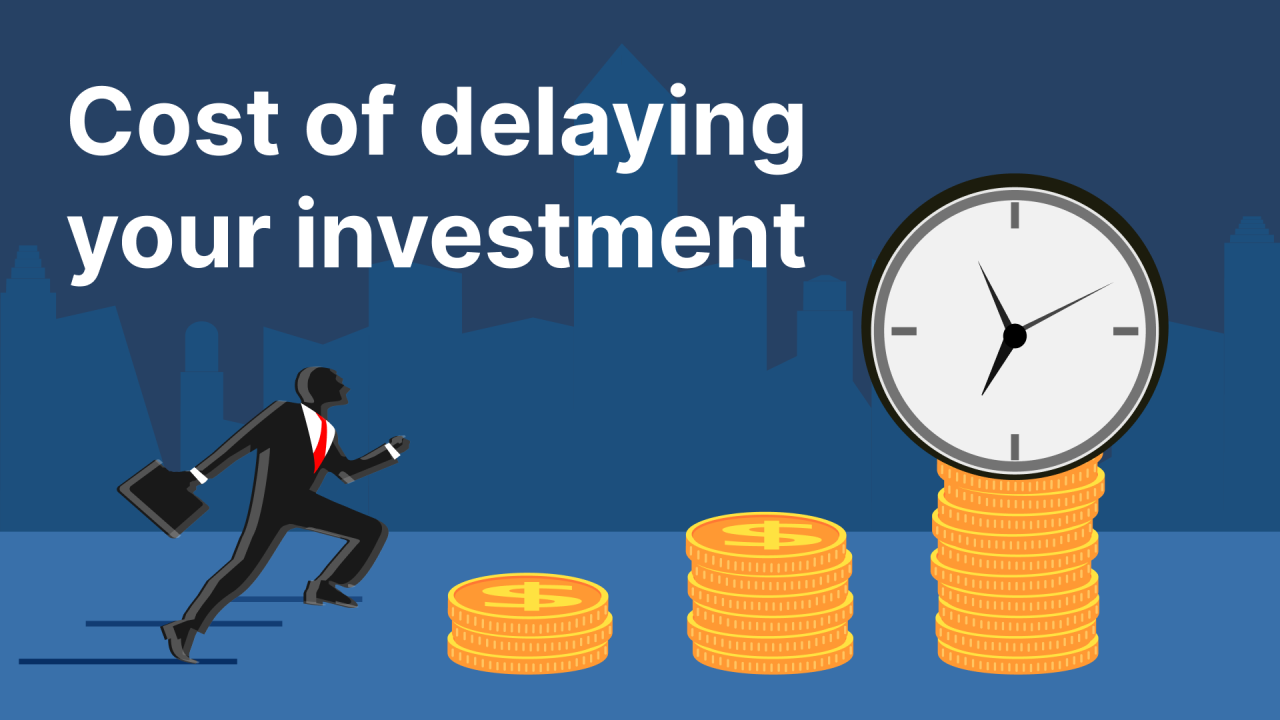Traditional budgeting tells you to list all your expenses, allocate your income accordingly, and see what’s left for savings. But what if you flipped that process? Enter the reverse budget, a method that prioritizes saving and investing first, then lets you spend what’s left guilt-free.
For many people, traditional budgeting feels restrictive, tedious, or difficult to stick to. A reverse budget offers a simpler, more automated approach to financial success.
How a Reverse Budget Works
Instead of focusing on expenses first, a reverse budget follows these steps:
- Determine Your Savings Goal – Decide how much you want to save or invest each month. This could be a percentage of your income or a fixed dollar amount.
- Automate Your Savings – Set up automatic transfers to retirement accounts, investment accounts, or savings accounts as soon as you get paid.
- Cover Essential Expenses – After saving, use the remaining money for necessities like rent, food, and bills.
- Spend the Rest Freely – Whatever is left after saving and covering essentials is yours to spend however you want, without tracking every dollar.
Why a Reverse Budget Might Be Right for You
A reverse budget can be an excellent choice if:
- You Struggle with Traditional Budgeting – If tracking every expense feels overwhelming, this method simplifies the process.
- You Want to Prioritize Saving – This ensures that saving and investing happen before lifestyle spending.
- You Have a Consistent Income – If your paycheck is predictable, automating savings becomes easy and effective.
- You Prefer a Low-Maintenance Approach – Reverse budgeting eliminates the need to micromanage spending categories.
How to Implement a Reverse Budget
- Set a Savings Target – Start with at least 20% of your income if possible, but adjust based on your goals and financial situation.
- Make Saving Automatic – Use direct deposit or bank transfers to ensure savings happen before you spend.
- Cover Your Essentials – Ensure necessities are manageable within your remaining income.
- Enjoy Guilt-Free Spending – With your financial priorities covered, spend what’s left however you like.
Final Thoughts
Reverse budgeting is a powerful, stress-free way to build wealth without feeling restricted. By saving first and spending later, you ensure financial security while still enjoying life. If traditional budgeting hasn’t worked for you, give the reverse budget a try—it might just be the approach that sticks!




